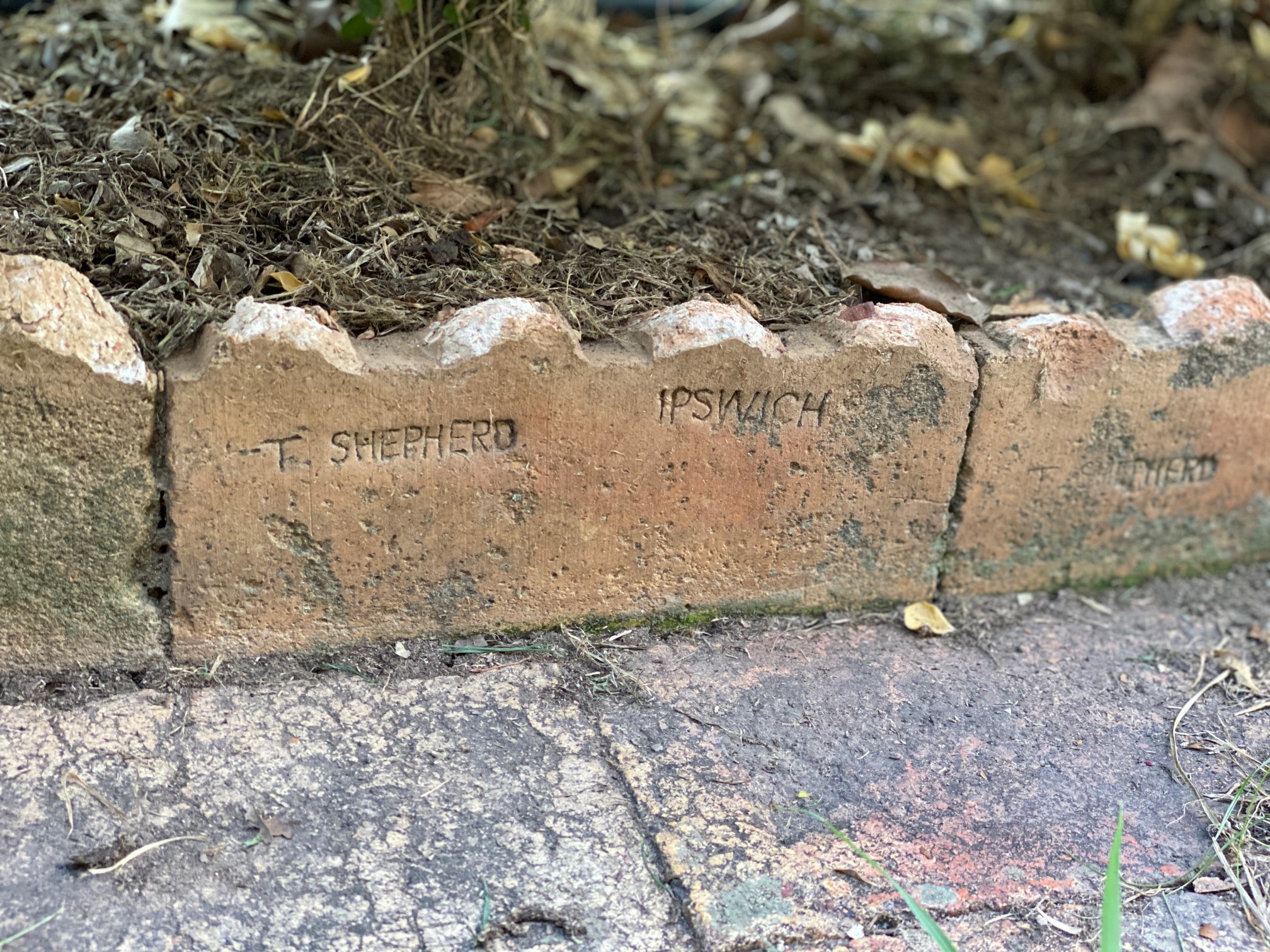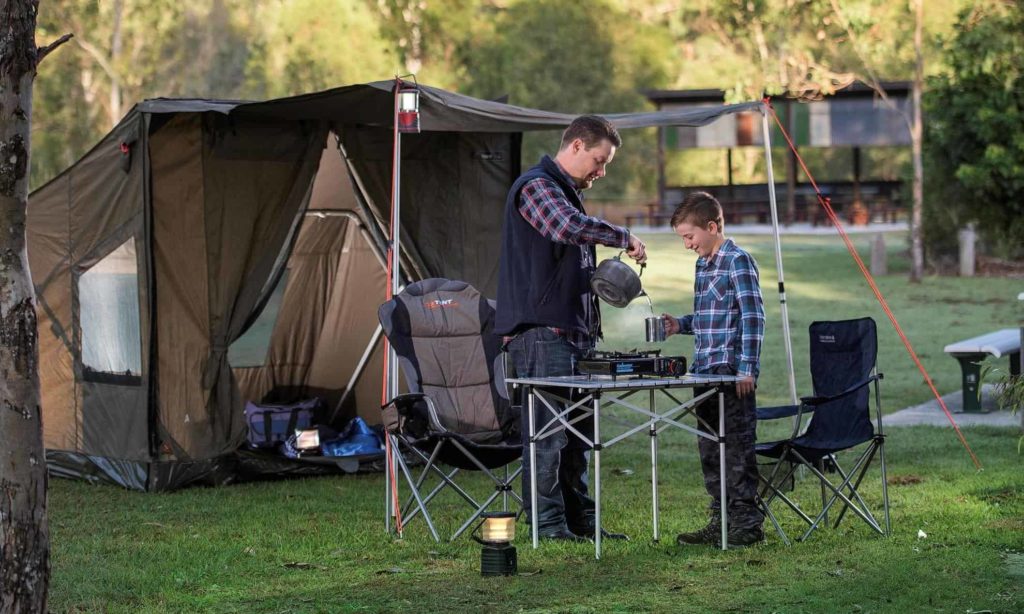The Great Houses of Ipswich event allows a glimpse behind the closed doors of some of Ipswich’s grand heritage homes twice a year.
You might not have been able to attend the event in May due to Covid-19, however, we hope you enjoy this look inside one of Ipswich’s great heritage homes: Gooloowan.
Special thanks to the Isbell’s who generously allowed their home to be filmed. Without these kind property owners, Great Houses of Ipswich would not have the opportunity to continue to share the stories and living history of these beautiful homes with the public.

Gooloowan is situated on 43 Quarry St, Denmark Hill overlooking the city of Ipswich.
It is steeped in a rich history that extends back to the purchasing of the land in 1862 by the famous Ipswichian Benjamin Cribb.
After immigrating to Ipswich in 1849 with his first wife Elizabeth and their three children, Benjamin quickly established his London Stores business on Bell St where they resided in the residential area above the store.
After the death of Elizabeth in 1852 Benjamin decided to move to Brisbane. It was not until 1856, however that he finally returned to his stores after he was offered a partnership with John Clarke Foote, and they set about establishing the large department store, Cribb & Foote, which became famous in Queensland.

After re-marrying to Clarissa Foote, Benjamin Cribb soon had a large family of children to cater too and whilst living in a small house next to his stores he realised it was no longer big enough.
He therefore made the decision to purchase his first block of land in 1862, a block that would play host to the wonderful dream home that was to be called Gooloowan.
Between 1862 and 1864 Mr Cribb managed to purchase approximately 11.5 acres on Denmark Hill where he and his wife intended to build. They had a grand dream and in 1864 construction commenced on the house that would remain in the family for more than 124 years.

The magnificent structure that was erected was a sight to behold and an excellent fit for the large family of Cribbs, who called it Gooloowan – an aboriginal word meaning house on the hill.
The house has many distinguishing features that add to its charm including a wide circular driveway that today plays host to a variety of bamboos, poinciana’s, camphor-laurel’s and palms.
As well as this the building itself, a two-storey plastered brick house, is supported by two large coloumns on the front verandah which extends around the perimeter of the bottom storey. Within the house there is a stately drawing room, and dining room on the lower level and nine bedrooms on the top floor with a magnificent wrought iron lace verandah that continues around the top level.
The top floor also has another distinguishing with two bathrooms for both the male and females of the house, which was said to be common in English family houses where money was of no consequence.

Gooloowan was also built with style in mind with a white marble mantelpiece brought over from Italy holding pride of place in the Cribb Family drawing room, and finely carved cedar fittings and joints forming an integral part of the interior of the house.
The house is also host to numerous fire places and sets of french doors that open onto the verandahs with cedar shutters adorning each window of the house. As well as the nine bedrooms there is also a small servants quarters with two bedrooms that led to a large kitchen and laundry.
This area of the house at one point was home to a young house maid who was said to have birthed an illegitimate child. Fearing the onslaught she would face being un-wed and with child, she threw the baby into the property’s well where he died and was later retrieved by the domestic staff of Gooloowan.

One of the main features of Gooloowan is the magnificent library that is present in the hallway of the entrance. With its ornately carved cedar panels, it appears to hold an old world charm that perfectly captures the image of gracefulness that is Gooloowan’s heritage. In 1983 after being in the family for more than 120 years Gooloowan was sold to a local Doctor. Today, the house exists in a semi-original state and stands as a reminder of Ipswich’s rich and diverse history.
Information taken from: Ipswich City Council Heritage Study, Gooloowan – a white stone house that stands on a hill (QT 13/07/66), The house on the hill by Joan Starr, National Trust Queensland – Ipswich branch: Gooloowan newsletter,“For God, King and Empire by John Hunter Farrell (Queensland Homes Winter 1988).





